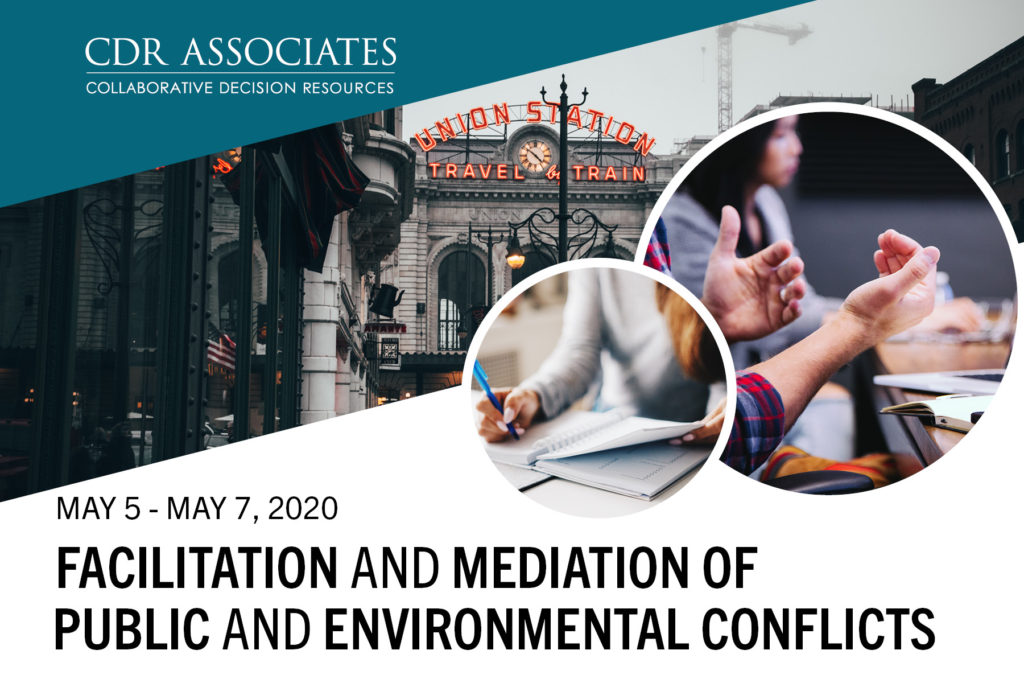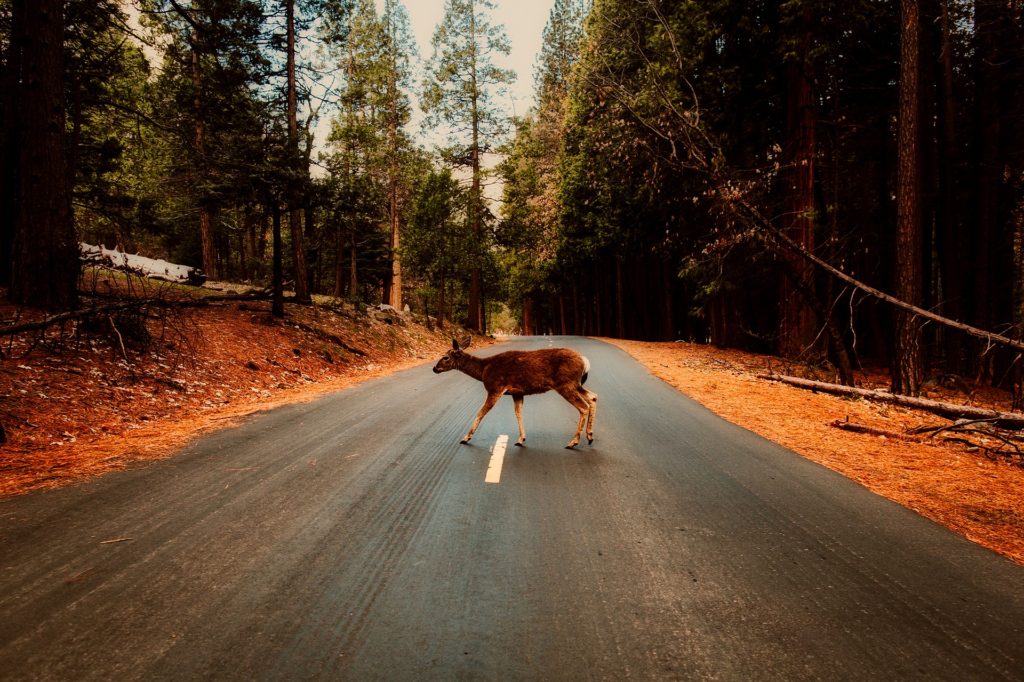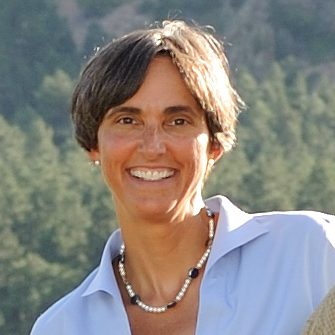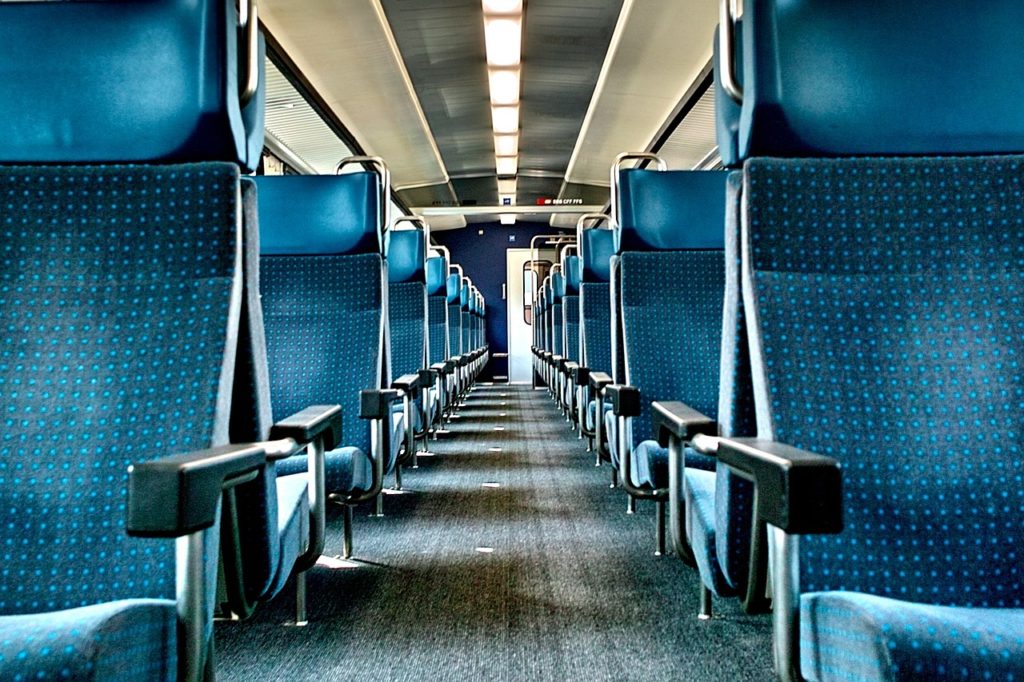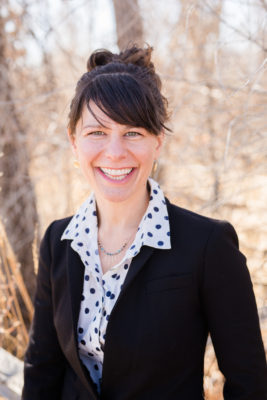 Taber Ward, Program Manager at CDR Associates, has recently enrolled in a part-time PhD program in the College of Architecture and Planning at the University of Colorado, Denver. She is focusing her research on social-ecological transformative planning and learning network design and facilitation.
Taber Ward, Program Manager at CDR Associates, has recently enrolled in a part-time PhD program in the College of Architecture and Planning at the University of Colorado, Denver. She is focusing her research on social-ecological transformative planning and learning network design and facilitation.
Taber has spent the last two decades immersed in creating and facilitating sustainable land use networks, private-public partnerships, stakeholder engagement processes, and policy. The opportunity to work with the CU-Denver Planning department reflects her deep-rooted commitment to collaborative community development and planning and implementation. The PhD program will expand her expertise and knowledge base in environmental and health equity, civic and open space protection, public involvement, and regional planning
Taber believes that you have to get your hands dirty to get the job done. The CU-Denver PhD program resonates for that reason because it fosters experiences beyond the classroom to provide community-based field work and research opportunities. The CU-Denver Program also aligns with her desire to bring innovation and systems change through brokering knowledge, finding solutions, and supporting capacity in land use and environmental arenas.
Taber hopes to bring the planning experiences and research skills obtained during her PhD program to her work and depth of knowledge in her position as a Program Manager at CDR. Contact Taber at tward@mediate.org for more information.

